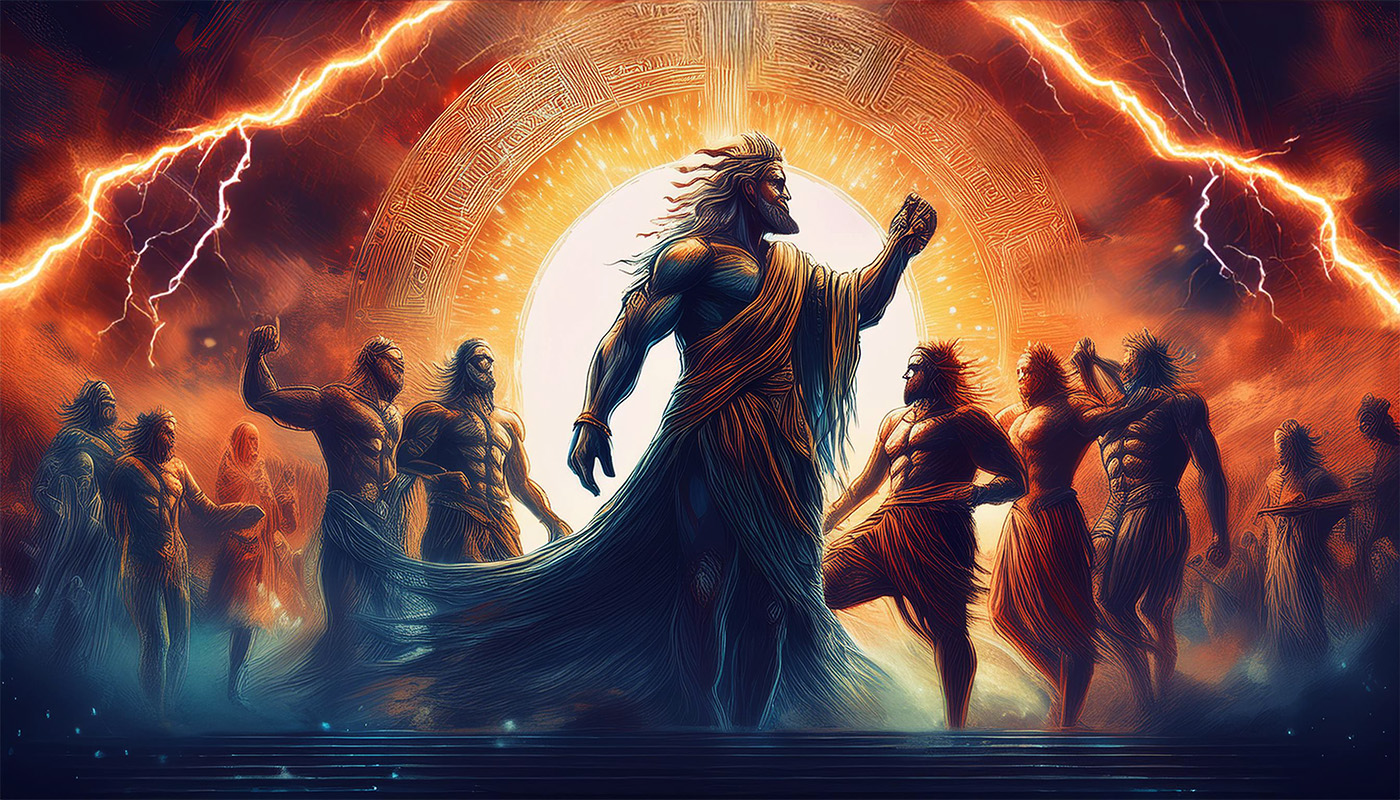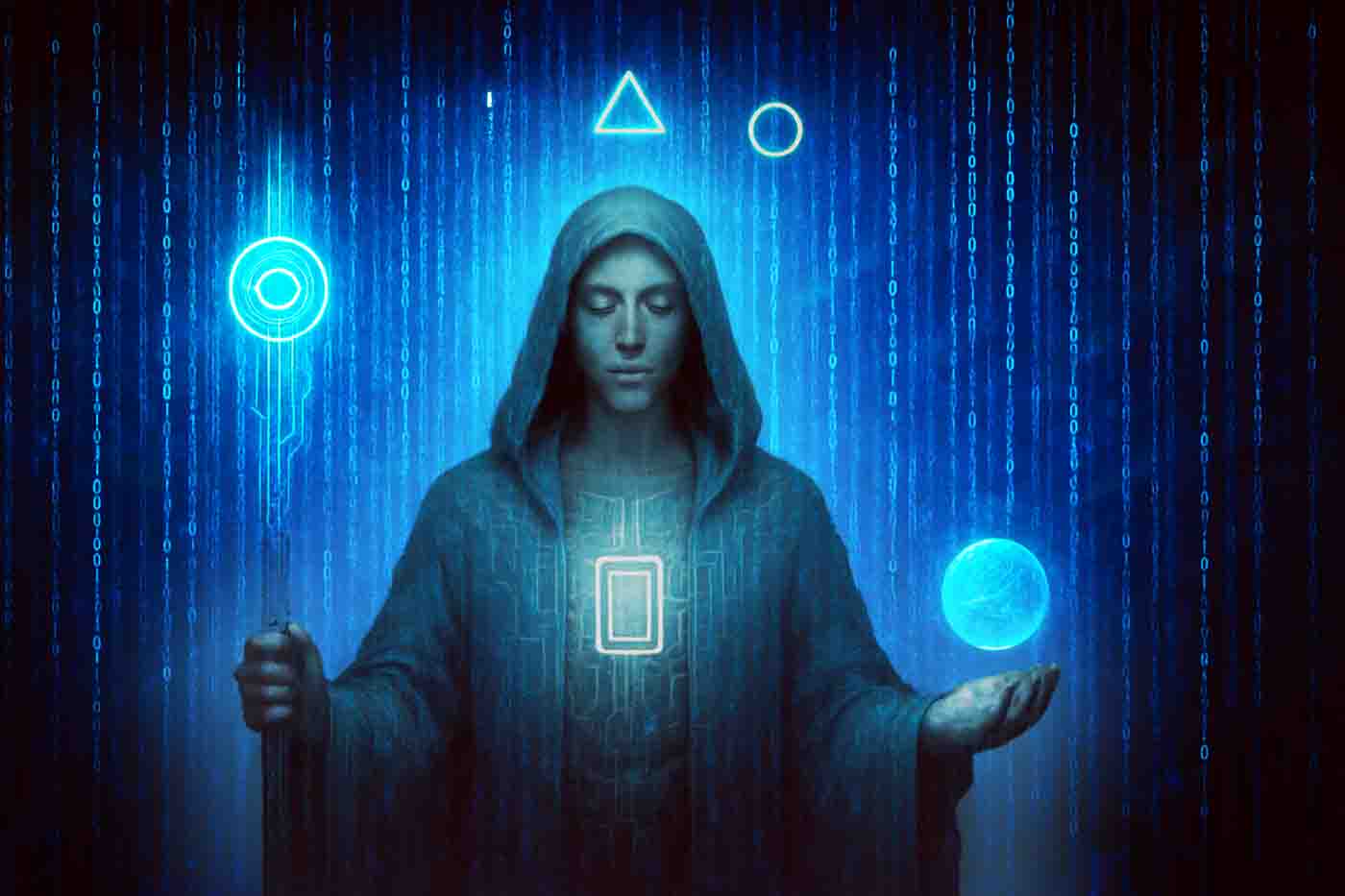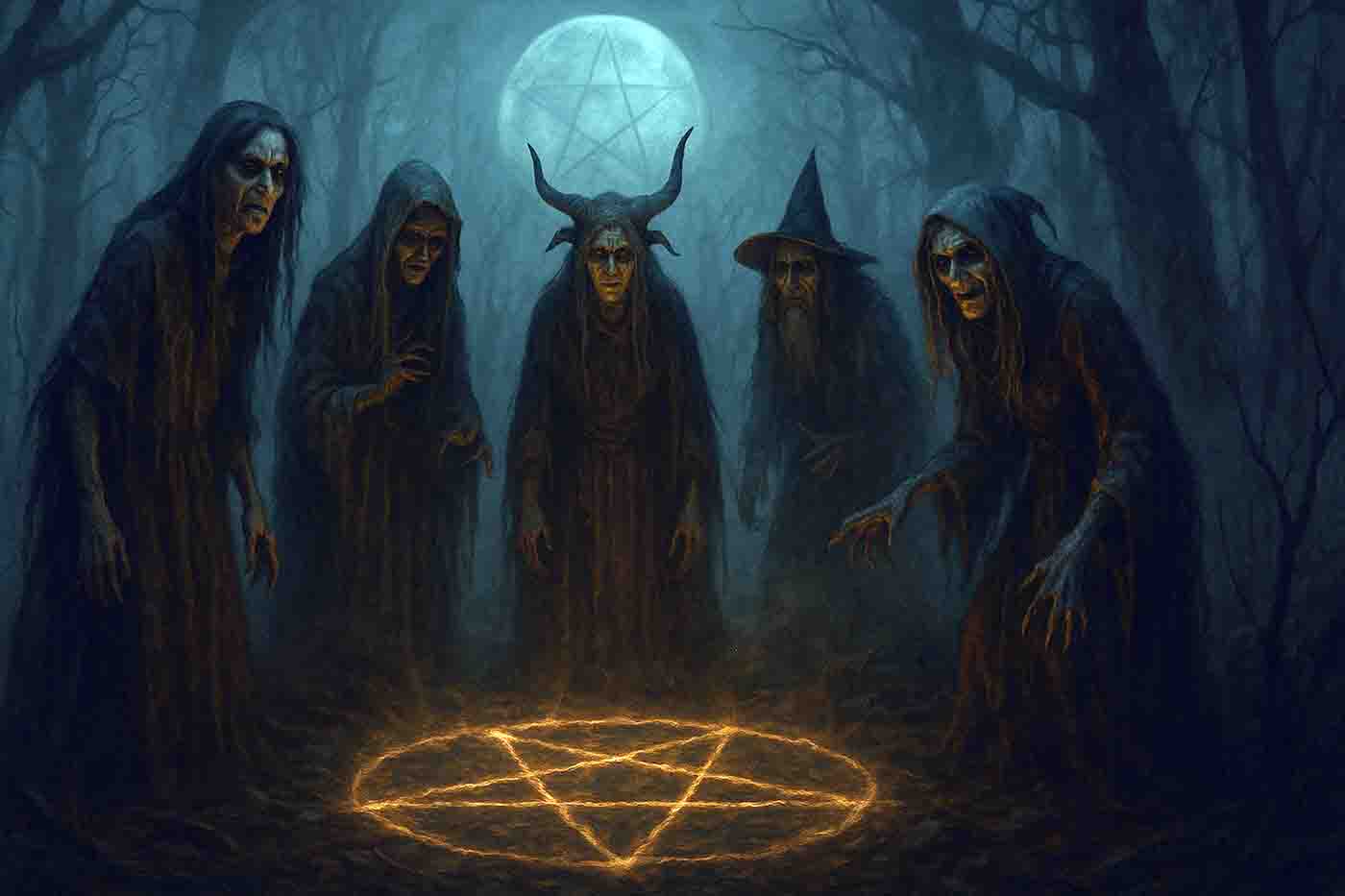In the rich tapestry of Greek mythology, the gods are not merely distant figures but deeply involved in the lives of mortals, particularly through their various cults and the mysterious rites that they inspired. Among these, the Eleusinian Mysteries, Orphic Mysteries, Cult of Dionysus, Cult of Sabazios, and Mithraism stand out for their profound influence and esoteric nature.
The Eleusinian Mysteries, celebrated in Eleusis, honored Demeter and Persephone. These rites were shrouded in secrecy and promised initiates a blessed afterlife. Participants underwent symbolic death and rebirth, echoing Persephone’s annual descent into and return from the underworld. This ritual reflected a deep longing for spiritual renewal and eternal life, offering hope beyond mortal existence.
Orphism, named after the mythical poet Orpheus, emphasized the soul’s journey and its liberation from the cycle of reincarnation. The Orphic Mysteries portrayed a cosmos where the divine essence of Dionysus, who was associated with rebirth, played a crucial role. Followers believed in the purification of the soul and its eventual reunion with the divine, echoing the themes of death and resurrection found in the Eleusinian rites but with a distinct focus on personal spiritual transformation.
The Cult of Dionysus, another vital mystery religion, celebrated the god of wine, fertility, and ecstasy. Dionysus was seen as a liberator and a bringer of chaos and rejuvenation. His worship involved ecstatic rituals and frenzied dances, reflecting the belief in the transcendence of the ordinary through divine madness and revelry.
The Cult of Sabazios, with its roots in Anatolia, brought a unique flavor to Greek mystery religions. Sabazios, a god associated with fertility and the underworld, was worshipped through rites that likely included symbolic acts of death and rebirth, similar to the Eleusinian Mysteries. The cult’s rituals were characterized by a strong connection to the natural world and the cyclical processes of life and death.
Mithraism, though originating in Persia, found a significant following in the Greek and Roman worlds. It centered around Mithras, a god associated with light and justice, and involved complex rituals, including the slaying of a sacred bull. Mithraism offered initiates a path to spiritual enlightenment and eternal salvation, reflecting the common themes of mystery religions that promised a personal and cosmic transformation.
These mystery religions not only provided a means of personal transformation but also emphasized the gods’ intimate involvement in human affairs. Zeus, as the king of the gods, had numerous illegitimate children, many of whom were revered as heroes or demigods in their own right. Figures like Heracles (Hercules) and Perseus, born of Zeus’s unions with mortal women, embodied both divine power and human struggle. Their stories often intersect with the themes of mystery religions, illustrating the ongoing influence of divine forces in human lives and the quest for spiritual understanding.
The mystery religions of Greek mythology offered profound spiritual insights and practices, weaving together themes of death, rebirth, and divine interaction that continue to captivate and inspire.
Greek Mystery Religions and Zeus Greek Mystery Religions and Zeus



